
UDK: 616.36-002.951.21-089
. . Krasnov 1, V.V. Anishchenko 2,3, I.V. Pachgin 1, K.A. Krasnov 1,4, V.A. Pelts 1,4, . . Krasnov 4,5, V.V. Pavlenko 1,4
1Кузбасская клиническая больница скорой помощи имени М.А. Подгорбунского, Кемерово, Россия 2Новосибирский государственный медицинский университет, Новосибирск, Россия 3Клинический госпиталь «Авиценна», Новосибирск, Россия 4Кемеровский государственный меди
Introduction. Echinococcosis of the liver with subtotal organ damage remains an urgent surgical problem. The development of surgical technologies does not stand still. In the modern scientific community, more and more publications appear that speak of good treatment results with the staged application of various surgical technologies and their combination in various options. The purpose of the study is to present and evaluate the results of treatment of operated patients with liver echinococcosis using a new diagnostic and treatment protocol for surgical treatment. Materials and methods. The results of treatment of 10 patients [4 men (40%), 6 women (60%)] with widespread parasitic lesions of the liver, who underwent 26 surgical interventions for liver echinococcosis in the surgical department No. 2 on the basis of the M.A. Podgorbunsky” in the period from 2017 to 2022. The difference in the number of operations performed and actual patients is explained by the use of a staged method of surgical treatment. Criteria for inclusion in the study group: the absence of an initial sufficient safe level of liver functional reserves to perform a one-stage extensive liver resection based on the results of a comprehensive assessment of clinical, laboratory and instrumental tests in conjunction with the use of a statistical prognostic model. Results. All patients (10/100%) from the study group underwent laparoscopic vascular isolation of the portal blood flow of the right lobe of the liver in order to create vicarious hypertrophy of the contralateral lobe and increase the reserve capacity of the liver. After objective confirmation of the effectiveness of the above surgical stage of treatment, assessment of the perioperative risk using a statistical model, all underwent extensive liver resections as the next stage. In the postoperative period, 8/80% of patients had post-resection hepatic insufficiency of class A (n = 4) and B (n = 4) according to the ISGLS classification. In two patients, the clinical picture and the absence of liver dysfunctions (synthetic, secretory, detoxification) made it possible to judge the absence of liver failure in the postoperative period. Against the background of conservative therapy, the phenomena of liver failure regressed. All patients were discharged in a satisfactory condition. Findings. Staged laparoscopic vascular isolation of portal blood flow is effective and safe. The use of a modern diagnostic algorithm for perioperative examination in combination with staged surgical techniques makes it possible to achieve good treatment results in a specialized surgical center.
liver echinococcosis, perioperative risk, vicarious hypertrophy, minimally invasive techniques, vascular isolation
Аркадий Олегович Краснов, aokrasnov@mail.ru